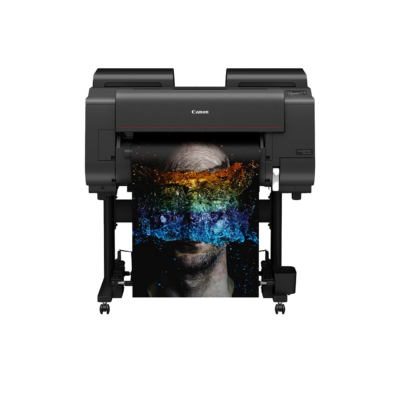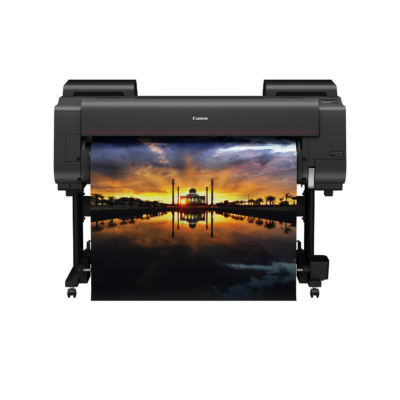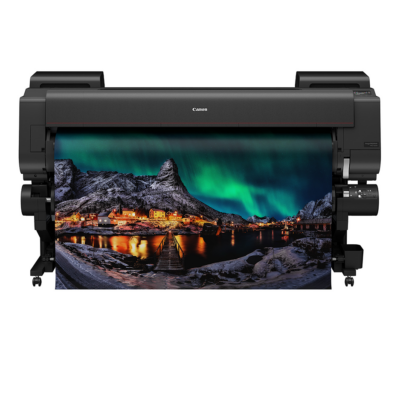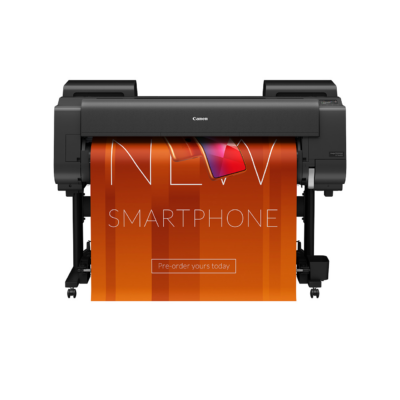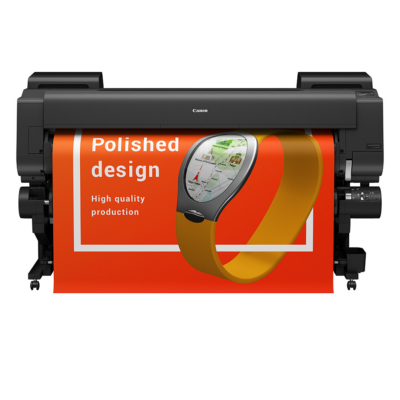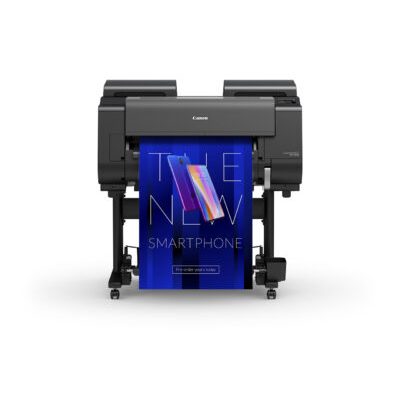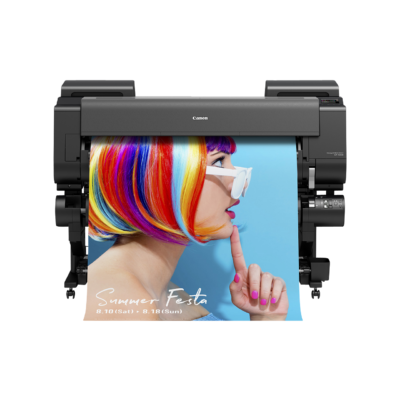Own a print shop? Here’s how to make sure your prices are right
Operating a printing business isn’t just about helping clients find the best ink-and-substrate combinations for their myriad of projects. It’s also you—earning a living. To ensure you’re maximizing your printing profits, it’s important to have a solid grasp of two numbers:
- The cost of each print. Which is to say, the amount you spend on its production.
- The value of each print—a more flexible number, representing what a client believes it’s worth.
Under most circumstances, the price you charge should be greater than your cost, while accounting for the value placed on your work by customers (basically, what they’re willing to pay), as well as what’s being charged by your competition.
SO, WHAT ARE YOUR COSTS?
No matter the size of your shop, to be successful you must recover more money that you spend. Determining that amount means assessing two cost categories.
Fixed: The proverbial “cost of doing business”—the rent on your business space, salaries, financing payments on your printer, etc.
Variable: Factors that are largely dependent on sales, including the cost of materials (paper, ink, specialty finishes, etc.), labour, delivery, and the like.
As your business grows, so too do many variable costs—though for consumables such as paper, you may be able to take advantage of economies of scale to lower your costs.
NAME YOUR PRICE
Costs determined, you have a couple of ways broadly to set the price of your products and services.
Cost-plus pricing: The cost of printing a project plus a flat markup based on what you need to be profitable.
Value-based pricing: Determined by what your clients are willing to pay for the “value” that you provide them over your competitors.
Realistically, the base cost of production is your starting point for either model; you should know the markup you need to charge to make a profit. Value-based pricing then asks if you can charge more—because your printing is of superior quality, or because you offer clearly defined benefits that your competitors do not. Be aware, though, that charging based on value can turn off customers for whom price is the only consideration: They may not be interested in paying for your value-added “extras.”
DO SOME FINE TUNING
Several other considerations will help further refine your pricing:
- What your competitors charge for equivalent work—a 24 x 36 full-colour poster, for example.
- Perception of quality. Rightly or wrongly, customers often attribute a premium value to higher-priced goods and services.
- Actual quality. Some customers will pay more for products that are of demonstrably higher quality. One of the best ways is by printing on materials that have additional features i.e. blockout layers, water-resistance, acid-free base, heavier weight and anti-curl properties. For example, do you wish to reward loyalty? It may be worth charging repeat customers a lower rate (or offering them add-on perks) to help retain their consistent business.
MORE PRICING TACTICS
And once you’ve contemplated all of the above, there’s room to make still more occasional price adjustments—to help build a customer base, encourage bulk ordering, get rid of overstock, etc.
Discounting: Putting old stock on sale is a great way to clear it out and make room for better-selling products. Likewise, offering discounts on large orders can increase profits by lowering your per-job costs. Note, however, that too-frequent discounting can condition clients to expect sales, and thus be unwilling to pay your full-rate price.
Odd-value pricing: Pricing a print job at, say, $29.95 instead of $30 can encourage some customers to see it as more affordable.
Loss leaders: As Best Buy once did with CDs and DVDs, can you afford to price one product or service at a loss—to draw in customers who’ll then buy other more profitable products?






